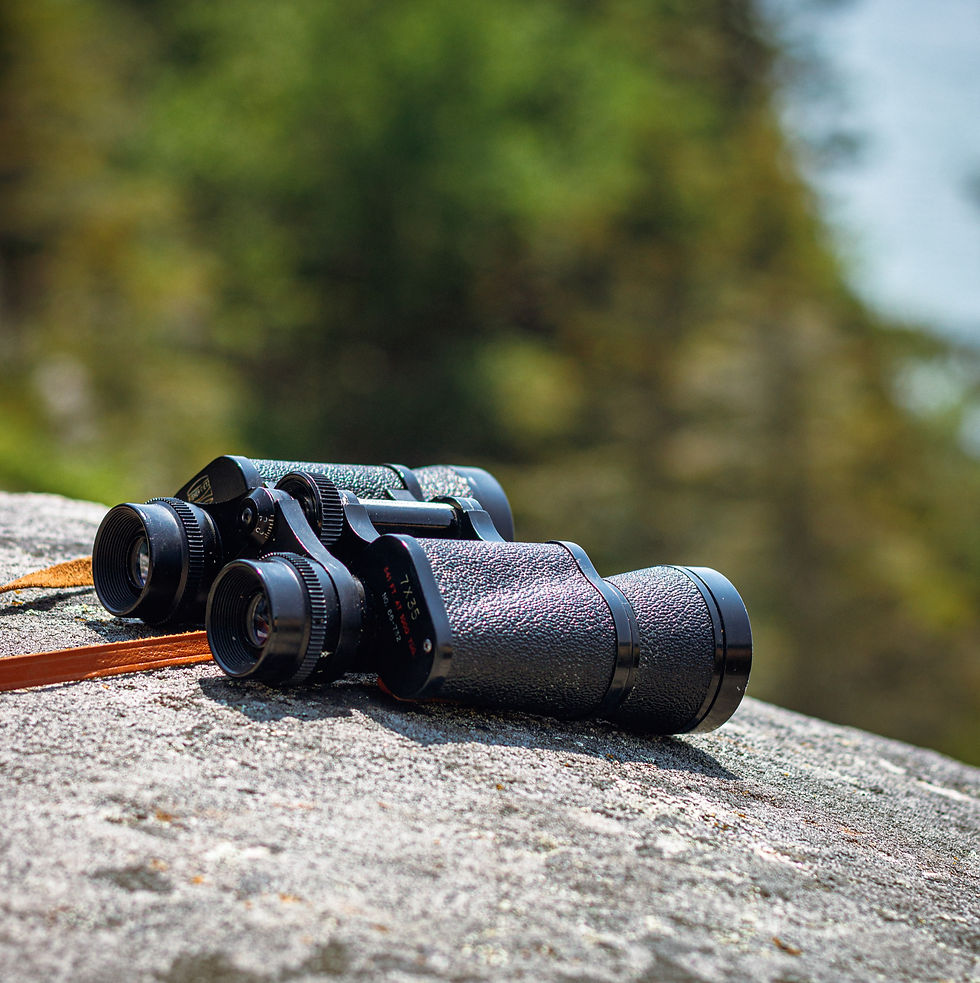Common Terns at Lower Farm
- Roger Sharpe
- Jul 27, 2021
- 3 min read

It is unfortunate that the name “Common Tern” makes the bird sound – well, commonplace. The traditional
English name “Sea Swallow”, is much to be preferred in capturing this bird’s grace and attitude, as well as suiting its scientific name (Sterna Hirundo). It is always a joy to find them at Lower Farm and other sites in the Kennet valley.
This year, two families settled on the tern rafts at Lower Farm, and three chicks successfully fledged. The first
appeared on raft 1 (the one furthest south) as a little pebble-pattern fluffball. The chicks on raft 3 (furthest north) emerged later and were hard to see among the vegetation, but eventually two more birds began their rapid transition into adult shape.
The speed with which fledging takes place is a regular theme on Springwatch, but is still a source of wonderment when you see it. First flights were unsteady, and attempts to land on the raft reminded me of some of my less comfortable moments on the Trident aircraft. Yet only a couple of days later flight confidence and coordination bore comparison with the adults’.
Common Terns are mostly single-brooded and their offspring, typically 1 - 3 per year, are precious. The Lower Farm adults guarded their young carefully. One adult stayed on sentry duty while the other fetched food, dragonflies at first and then small fish. Common Sandpipers and Pied Wagtails that perched on the rafts were tolerated, as was the occasional roosting Mallard, but Magpies, Grey Herons and large gulls were unhesitatingly mobbed. On the water, Great Crested Grebes and Tufted Ducks were allowed to paddle alongside, but Cormorants were sent crash-diving with a sharp peck on the back of the head. Black-headed Gulls attempted to nest on both rafts, with mixed success, and squabbles repeatedly broke out. With spectacular fights and flights there was always plenty to enjoy.
After the last juvenile departed around the of 20th August, Common Tern sightings became less predictable with less evidence of family ties. A pair of adults seen on 15 August fought quite viciously over a fish, suggesting that there was no pair-bond between them, unless parenthood had strained the relationship, as it sometimes does
in human beings. These birds might have been failed breeders or casual drop-ins from other Kennet sites.
I hope that “our” juveniles joined flocks of several hundred birds that were observed at Titchfield Haven and elsewhere on the Solent during late August. Their journey then takes them to West Africa, where they spend their first winter; at the age of 3 or 4 they return to breed, often close to their natal location. Successful breeders are loyal to their partners and to their favoured nesting sites, and surviving adults can live to an age of 10 years or more, so there is a good chance that “our” birds will return to Lower Farm to see if there is still a home for them.
Unfortunately, the Sea Swallow faces many problems. The species is opportunistic and has benefited from the tern rafts that have been provided in locations such as Lower Farm, which reduce the hazards that are faced by birds that try to breed on the foreshore. However, these successes are more than offset by declining numbers at
traditional coastal breeding grounds in Scotland and elsewhere, where they have to contend with predation and overfishing. Only one in ten juveniles survive into adulthood, and it is sad that at all stages in their life they have to contend with human cruelty and thoughtlessness, as well as natural hazards. In West Africa they are persecuted, often by children who snare them just to enjoy the pleasure of putting them to death. In Britain their feeding grounds along the Solent are plagued by dog-walkers, surfboarders and bait-diggers, and any breeding site that falls into the hands of developers is likely to be monetized for reclamation or recreational activities such as fishing. With biodiversity and habitat preservation on everyone’s lips these days, let us hope that sites such as Lower Farm can be preserved, enabling just a few Sea Swallows to capture the imagination of future generations.
Sources: Birds of the Western Palearctic; Migration Atlas; Bird Atlas; Birds Britannica



